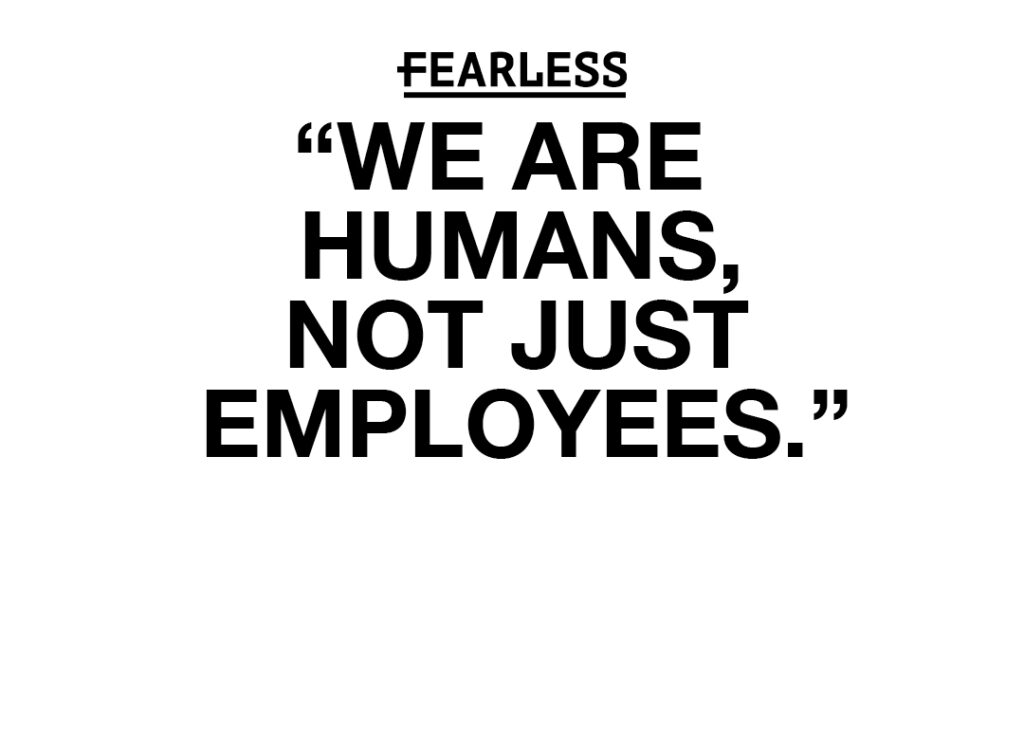McLellan: A lesson from Nationwide

DREW MCLELLAN Feb 13, 2015 | 12:00 pm
2 min read time
585 wordsBusiness Record Insider, Sales and MarketingWho would have ever thought that an insurance company would have the most controversial TV commercial of the 2015 Super Bowl?
If you somehow missed it, Nationwide Mutual Insurance Co. unveiled a TV spot where a small boy was talking about all the things in life that he had missed. All because he died in a preventable accident.
The spot urged viewers to visit www.MakeSafeHappen.com, a site that Nationwide is sponsoring to increase awareness about preventing the kinds of accidents that hurt or kill children each year.
The spot was well-done and the message was clear and well-intentioned. But the outrage and disapproval were over the top. The tweets, Facebook posts on the Nationwide page and general commentary was swift and disapproving.
What went wrong? We can all agree that trying to prevent accidents that kill children is a noble effort. Nationwide wasn’t really trying to tie any product to the message, so it wasn’t overly commercial or self-serving.
The problem was that Nationwide and its agency totally disregarded context.
People are at a Super Bowl PARTY. The day is practically considered a national holiday. It’s loud and celebratory, and everyone is having a good time. Which means they don’t want to think about dead children.
Super Bowl ads typically fall into two categories. They’re either funny or sentimental. But they are not sad. They are not heavy or laden with information. Just like the snacks at a typical Super Bowl party, they’re puffy little hors d’ouvres, meant to tantalize, not satisfy a deep hunger.
Nationwide released a statement the day after the Super Bowl because of the uproar. The company said it had accomplished its goal, which was to get people talking and cited the number of hits on the website after the spot aired.
Sorry, Nationwide, but I have to call BS on that. Yes, people were talking, but they weren’t talking about preventable accidents, They were talking about how much they hated the spot. And they weren’t visiting the website to learn how to protect their children; they were visiting the website to see what in the world you were trying to communicate.
As you might imagine, there are lessons for all of us in the Nationwide Super Bowl mistake.
Get into their heads and hearts: You need to really understand how and when your messages are going to be in front of your audience and what they are thinking and feeling in that moment. Every word you use or visual you include is filtered through their state of mind at that moment.
As Nationwide learned, even the most sincere message can fall flat if the mood doesn’t match.
Assess their ability to take action: Be mindful of how and where your audience is going to see your communication. Putting a phone number on a billboard, when people are whizzing by at 70 mph is probably a waste of space, unless the number is so easy to remember (800-CLOGGED) that the few seconds they have to see it will be enough.
Consider their setting/whom they’re with: One of the reasons the Nationwide spot got so widely criticized is that Super Bowl viewing is an all-ages activity. Many people felt it was inappropriate to run the spot when so many children were in the viewing audience.
Don’t ever ignore the context of how, where and when your communication will fall into the audience’s day. Those filters may enhance their reaction or, as it did for Nationwide, might completely destroy your effort.








